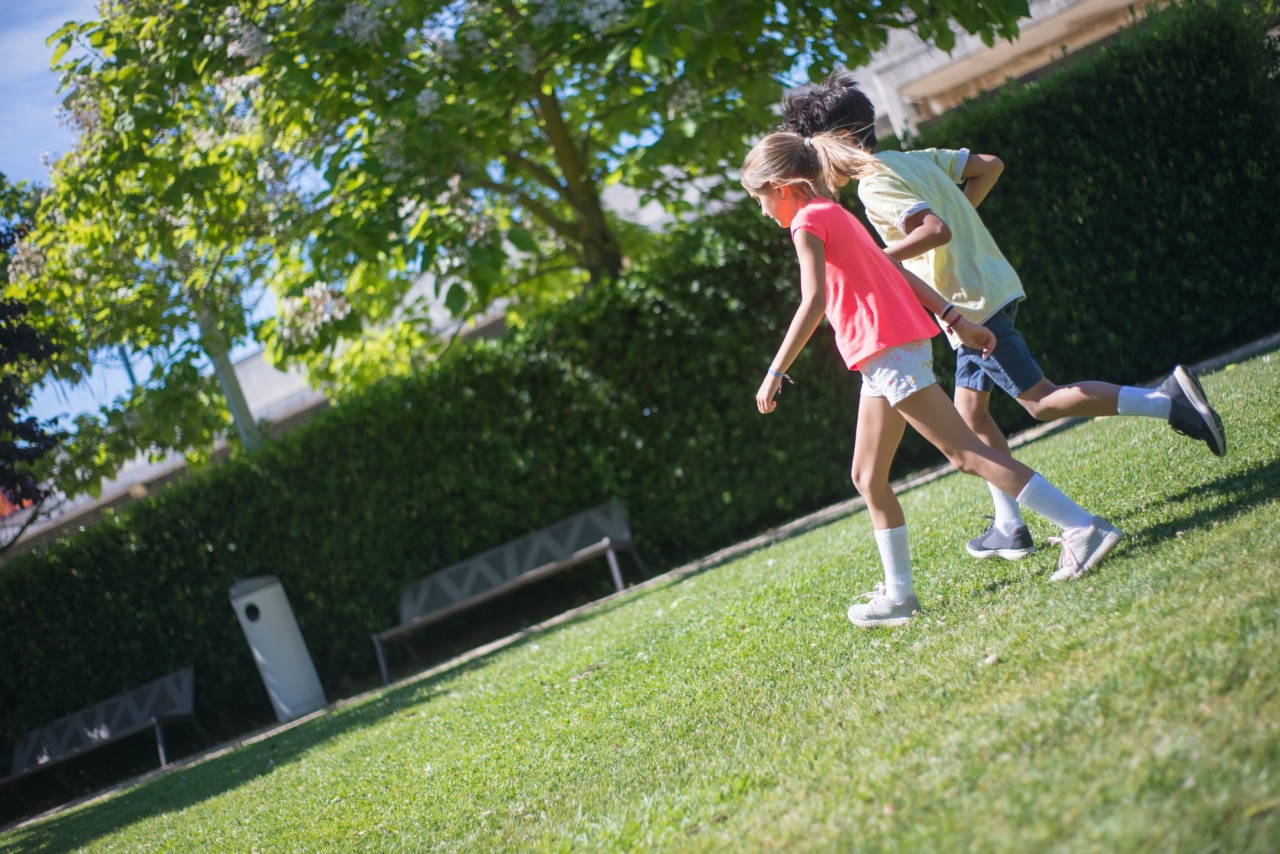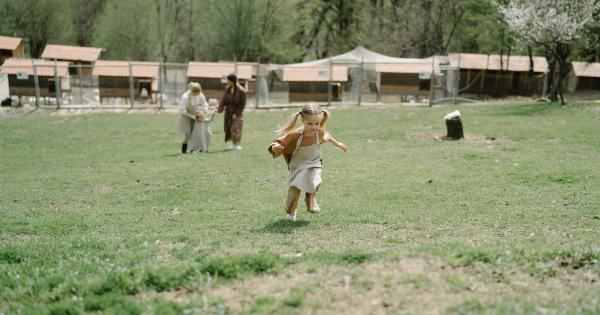Myopia, commonly referred to as nearsightedness, is becoming increasingly common among children. The condition causes difficulty in seeing objects clearly from a distance.
Research shows that spending more time indoors, staring at electronic screens and not getting enough sunlight are a few of the factors that contribute to myopia. While kids certainly benefit from engaging in technology and indoor activities, we also need to encourage them to play outdoors, so they can reduce their risk of developing myopia. Here are some ways to do just that:.
1. Encourage Outdoor Playtimes
Encouraging and ensuring outdoor playtimes for your children is the first step in decreasing their myopia risk. The American Academy of Ophthalmology suggests that children spend at least two hours per day playing outside.
While they are outside, kids engage in various physical activities that indirectly improve their eyesight. Additionally, sunlight exposure (especially in the morning) helps to release a chemical called dopamine in the retina, which helps reduce the risk of myopia.
Though two hours may seem like a lot, you can break it into increments and only focus on activities that your kids enjoy.
2. Focus on Outdoor Activities that Benefit Vision
Not all outdoor activities are created equal when it comes to reducing the risk of myopia. However, some activities are more beneficial to eyesight than others. Here are some examples:.
- Ball games such as baseball, basketball, soccer, and tennis
- Recreational sports such as swimming and cycling
- Non-competitive outdoor games such as tag, jumping rope, and hopscotch
- Nature-related activities such as hiking and camping.
Any and all physical activities that get your children moving and encourage them to spend more time outside can be beneficial for their eyesight.
3. Limit Electronic Screen Time and Reading Habits
Spending too much time in front of a screen can strain the eyes, leading to myopia. Therefore, setting limits on electronic screen time is a productive step in reducing the risk of myopia in kids.
The American Academy of Ophthalmology recommends no more than two hours of screen time for children aged three to 18 years. In addition, encourage your kids to take breaks while using screens. Every 20 minutes of screen time, have them look away from the screen and focus on a faraway object to help relax their eyes.
Similarly, encourage your children to read books or other materials in a well-lit room, and avoid reading in the dark. Adequate lighting will reduce the stress on their eyes and decrease the risk of myopia.
4. Take Frequent Eye Breaks
Giving the eyes a break is essential for reducing the risk of myopia. You can encourage your kids to take breaks frequently, and they don’t have to be long.
Every 20 minutes of screen or reading time, have them look away for at least 20 seconds and focus on something at a distance. This habit will give their eyes the much-needed rest they require.
5. Create a Myopia-Friendly Environment
Creating a myopia-friendly environment will encourage your kids to spend more time outside and reduce their risk of nearsightedness. Here are some tips on how to create a myopia-friendly environment:.
- Encourage outdoor playing by creating a safe and enjoyable environment in your backyard or local park.
- Make sure your kids wear appropriate eye protection while playing or engaging in physical activities. Protecting their eyes can help reduce the risks of myopia.
- Control the brightness of screens during all activities to reduce the strain on the eyes.
- Ensure adequate lighting when reading or doing homework.
- Keep books and reading materials at an appropriate distance from the eyes to avoid straining.
6. Get Regular Exams from an Eye Doctor
Regular eye exams are crucial for detecting and monitoring myopia in children. Early detection allows for timely treatment, which reduces the risk of myopia’s progression.
According to the American Academy of Ophthalmology, every child should have their first eye exam at six months of age. Afterward, kids should have eye exams at about three years, five years, and 13 years of age. After this phase, they must have annual eye exams. Therefore, make sure your kids get routine checkups from a licensed eye doctor to reduce the risk of myopia.
7. Model Appropriate Eye Health Behavior
Modelling appropriate eye health behavior is crucial for teaching your kids the importance of good vision. As a caregiver, you can be a role model for your children by adopting appropriate eye health practices.
For instance, reduce your screen time activities, and encourage them to participate in outdoor activities yourself while spending time together.
8. Provide Nutritious Foods
Nutritious foods play a role in preventing myopia. Eating healthy foods such as fruits, vegetables, fish, and whole grains provide not only proper nourishment for bodily functions but also important vitamins and minerals that help boost eye health.
Omega-3 fatty acids are particularly helpful in reducing the risks of myopia. You can incorporate these into your kids’ diet by giving them tuna, salmon, or other oily fish.
9. Importance of Adequate Sleep
Inadequate sleep is linked to various health problems, including increased myopia risk. Therefore, ensure your kids get adequate sleep to reduce the risk of myopia.
According to recommendations by the American Academy of Sleep Medicine, children aged six to twelve years should sleep between nine and twelve hours while teenagers within the age range of 13 to 18 years old should have eight to ten hours of sleep each night. A good night’s sleep can go a long way in promoting overall health and reduce the risk of developing myopia.
10. Consulting Eye Experts
Consulting eye experts can help with ensuring that you’re taking all of the right steps to lower your child’s risk of myopia.
Eye professionals can provide information on how to protect your child’s vision and recommend any needed treatment or intervention for early detection and management of myopia. It is essential to stay in touch with your eye doctor for any vision-related concerns and regularly examine your children to determine any vision changes.
The Bottom Line
Preventing myopia in children requires a concerted effort from parents, caregivers, and health experts. Encouraging outdoor activities, maintaining a healthy diet, and adequate sleep are a few preventive measures that can make a noticeable difference.
Regular eye exams are recommended to detect and manage myopia’s progression, if any. Follow these tips, and you can decrease your child’s risk of developing myopia while promoting healthy living habits.




























